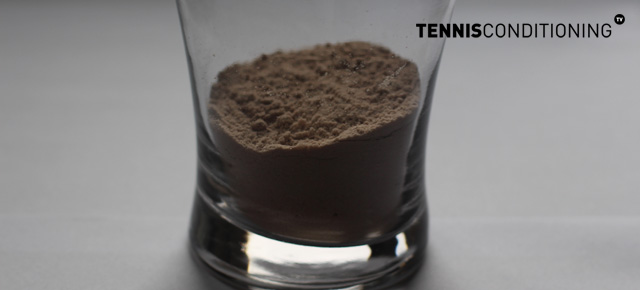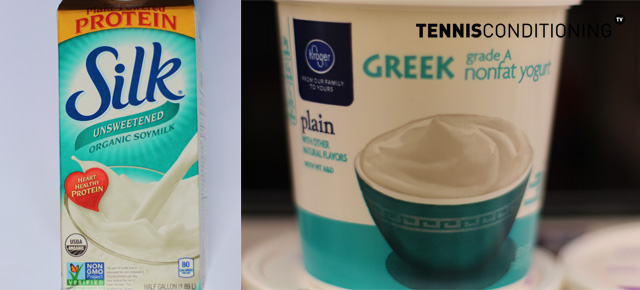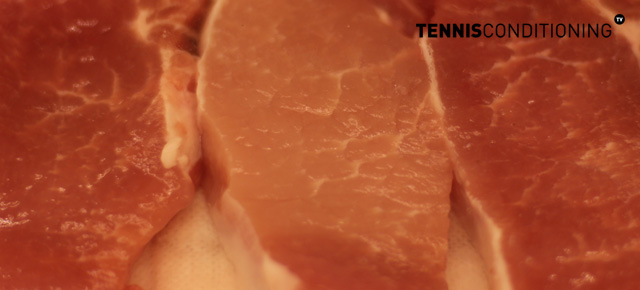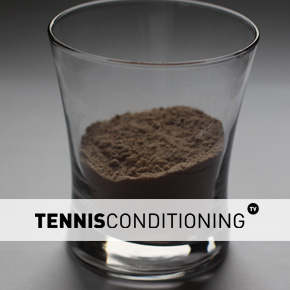Protein quality depends on the digestibility and amino acid composition. The more essential amino acids the protein provides, the higher its quality!
Most people associate protein with strength and meat with protein. As a result, they eat steaks to gain muscle mass and get bigger but what is most effective?
Meat is one good source of protein but so are eggs, milk, grains & vegetables. The protein quality depends on its digestibility & essential amino acid composition.
Amino Acids

Amino means “nitrogen containing” and amino acids are the building blocks of proteins. There are a total of 20 amino acids; 9 are essential (body can’t make them) amino acids and the remaining 11 amino acids are non-essential (body can make them).
Essential Amino Acids
- Histidine
- Isoleucine
- Leucine
- Lysine
- Methionine
- Phenylalanine
- Threonine
- Tryptophan
- Valine
Digestion & Absorption of Protein
When you eat foods that contain protein then the body doesn’t store that food protein directly but breaks it down to amino acids from which the body then can make its own protein.
Proteins are partially broken down in the stomach via the enzyme pepsin before they move into the small intestine, where they are further broken down and digested.
The amino acids can be used to provide energy or to make other needed compounds. All amino acids that are not immediately being used are transported to the liver via capillaries.
That’s why it doesn’t make any sense when someone recommends to you to “eat enzyme A because it will help you digest your food faster”. The body produces its own enzymes; enzymes in food will be digested as well instead of influencing any reaction.
Protein Quality
Protein quality is based on two factors:
- Digestibility
- Amino Acid Composition
In order to provide the amino acids for protein synthesis, the body breaks down the protein from food sources into amino acids. The protein’s food sources influences its digestibility and hence rate of availability. In general:
- animal proteins (90 – 99%) have a higher digestibility
- plant proteins (70 – 90%), soy protein (>90%) being the exception

In order to make protein, the body needs to have all the amino acids that are needed available at once. The liver can produce any non-essential amino acids but the diet has to supply any essential amino acids, otherwise the body breaks down its own protein (e.g. muscle protein) to obtain them.
In other words, the more essential amino acids the protein provides, the higher its quality.
Apart from soy protein, plant protein from vegetables, nuts, seeds, grains, and legumes are lower in quality because they lack one or more essential amino acids.
Consuming a combination of the aforementioned vegetable proteins enhances the quality of proteins but it is not very convenient.
Food Sources of High-Quality Protein

- Meat
- Fish
- Poultry
- Soy Products
- Cheese
- Eggs
- Yogurt
- Milk
Evaluating Protein Quality
The Committee on Dietary Reference Intakes has created a system that evaluates protein quality – the Protein Digestibility-Corrected Amino Acid Score (PDCAAS).
The protein’s amino acid composition is compared to the amino acid requirements of pre-school aged children. The amino acid with the lowest ratio is the limiting amino acid!
First, the protein’s amino acid composition is determined, which shows the quantities of each amino acid present in the protein.
Second, those values are being compared with the amino acid requirements of pre-school aged children.
Third, the amino acid value with the biggest discrepancy, the one that falls shortest to the reference values, is being selected – the most limiting amino acid.
Amino Acid Score
If the food protein’s limiting amino acid is only 80% of the amount required by the reference protein, then it receives a score of 80 (Amino Acid Score). Lastly, multiply the amino acid score by the food protein’s digestibility % to determine PDCAAS.
PDACC = protein digestibility x amino acid score
The food protein’s digestibility % is based on values determined from rat studies and the PDCAAS is used to determine the “% Daily Value” on food labels. All food labels must state the quantity (in g) of protein but not its quality (% Daily Value”)!
The “% Daily Value” is required only when the food makes a protein claim/health claim. The PDCAAS method is used to determine the quality of the protein. Therefore, the “% Daily Value” is reflective of the quantity & quality!
- Determine food protein’s amino acid composition
- Compare food protein’s amino acid composition with the reference protein
- Pick food amino acid with biggest discrepancy and assign score
- Multiply the amino acid score by the food protein’s digestibility % to determine PDCAAS
- Multiply a standard serving of the protein (e.g. soy) in g by the PDCAAS
- Divide value by the recommended standard for protein
Related Sports Nutrition Articles
- Why High Protein Diets Can Impair Your Performance
- How to Pick High Protein Quality Foods
- How Much Fat Can You Lose In A Week?
Training Zone
In this section we provide you with some training tips you may be interested in to optimize your training:




